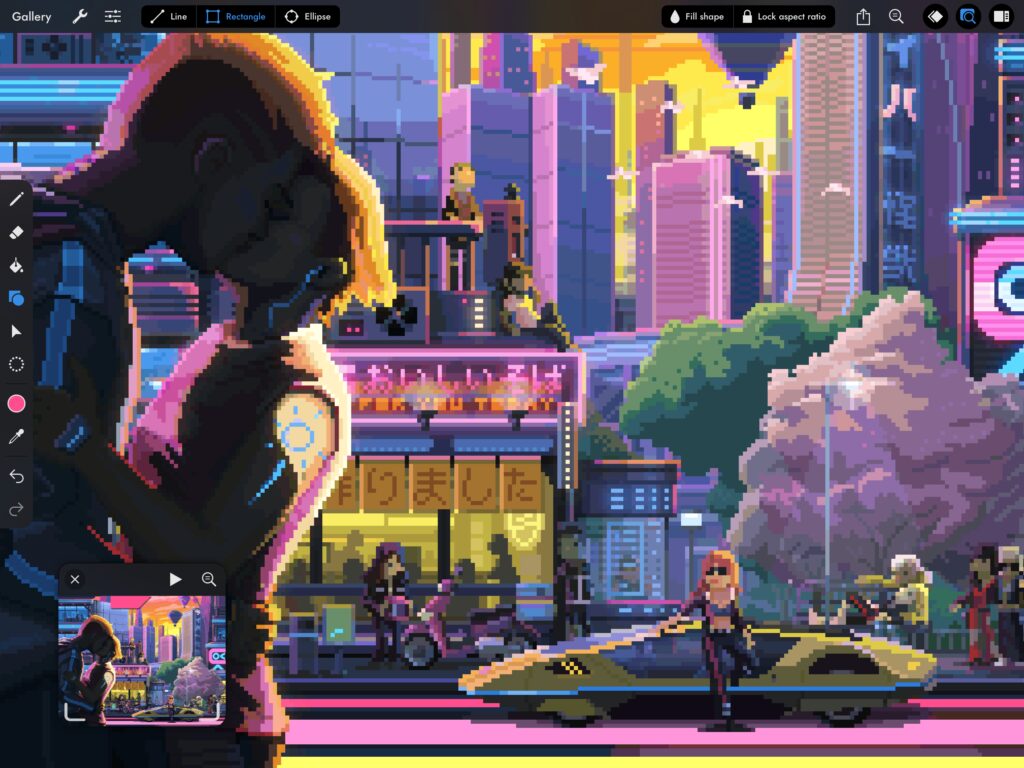Art and animation are crucial components of game creation, as they help to visually represent the game world, set the tone and atmosphere, and bring the game to life. The process of creating game art involves determining the direction and style of the artwork, creating concept art, and then finalizing the artwork for use in the game. Animation is also essential, creating the illusion of movement and making the game feel more dynamic and engaging. Through careful attention to detail, art and animation contribute to the immersive and captivating experience of the game.
Crafting Your Game: The Role of Art and Animation in Game Creation
When it comes to creating games, art and animation play a crucial role in the whole process. Without them, a game would lack the visual appeal and immersive experience it needs to attract players. In this article, we’ll explore the importance of art and animation in game creation, the process of creating game art, and how animation brings a game to life.
Importance of Art in Game Creation
Art is a visual representation of the game world, and it’s what players see when they first start up the game. A beautifully crafted game with visually stunning art can captivate players and make them feel more engaged with the game world. A game’s art style also sets the tone and atmosphere of the game, which can help create the game’s identity and personality. It’s essential to carefully plan and design the artwork for the game, as it can have a major impact on a game’s success.
The Process of Creating Game Art
Creating game art is a challenging yet exciting process that requires a lot of effort and planning. The first step is to determine the direction and style of the artwork based on the game’s goals and target audience. Once the art direction is established, the artists create concept art, which is a rough draft of the game’s visuals. The concept art is then reviewed and approved before moving on to the next step.
After the concept art is approved, the artists create the final artwork. This involves creating characters, environments, weapons, and a multitude of other assets that will appear in the game. Each asset is created with care and attention to detail to ensure that they fit with the game’s art style and world. Once the assets are complete, they are added to the game’s engine, and the game is tested to ensure that everything is working as intended.
The Role of Animation in Game Creation
Animation is what brings the game to life. It’s the process of creating movement and visual appeal through a series of individual frames. A game without animation would feel lifeless and static, making it difficult for players to feel immersed in the game world. Animation is what creates the illusion of movement, making the game feel more dynamic and engaging.
The animation process typically starts with concept art or a storyboard that lays out the flow of the animation. Once the storyboard is approved, the animators create rough drafts of the animation to ensure that they’re on the right track. Once the rough drafts are refined and approved, the animators create the final animation.
Conclusion
In conclusion, art and animation play a critical role in game creation. They help create the game world’s atmosphere, give characters and environments personality and life, and bring the game to life. The process of creating game art and animation requires a lot of attention to detail, but it’s worth the effort to create an immersive and engaging game.
